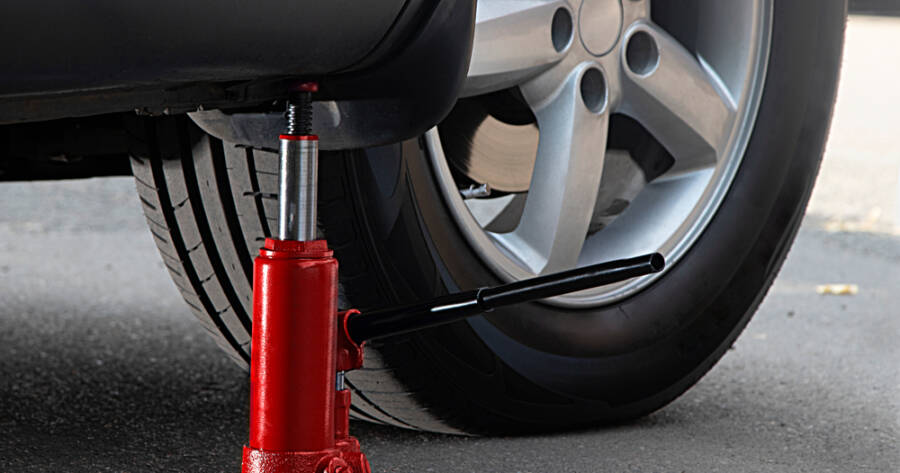A hydraulic car jack makes lifting your vehicle effortless, providing stability, safety, and efficiency. Its powerful mechanism requires minimal effort, making tire changes and repairs quicker. Compact and durable, it’s a must-have tool for every car owner. Whether you’re a weekend DIYer or just want peace of mind on the road, upgrading your garage with one is a smart move.
What Are Hydraulic Car Jacks and How Do They Work?
Hydraulic car jacks are lifting devices that use fluid pressure to raise heavy vehicles with minimal manual effort. Inside the jack, hydraulic fluid is forced through small chambers by a pump or lever. This pressure builds and pushes a piston upward, lifting the car. The system is designed to hold the load securely while you work underneath the vehicle.
These jacks are often used for tire changes, brake work, and undercar inspections. Compared to scissor jacks or mechanical lifts, hydraulic jacks are more efficient, stable, and easier to operate. Available in bottle and floor jack styles, they’re a staple in garages and repair shops. Knowing how they work helps users operate them safely and appreciate the engineering behind their strength.
Key Benefits of Using Hydraulic Car Jacks
Hydraulic car jacks offer several advantages over traditional jacks. First, they provide superior lifting power with significantly less effort, making them ideal for solo vehicle maintenance. They’re also faster to operate, raising your vehicle in seconds instead of minutes. This makes roadside emergencies or garage repairs quicker and more manageable.
In addition to efficiency, hydraulic jacks offer enhanced stability and safety. Their wide base and sturdy build reduce the risk of tipping, and many models include safety valves to prevent overloading. Their compact design also makes them easy to store in your trunk or garage. Whether you’re an experienced mechanic or a casual car owner, the convenience and security these jacks provide are hard to beat.
How To Choose the Right Hydraulic Jack
When choosing a hydraulic car jack, consider your vehicle’s weight, ground clearance, and how often you’ll use it. For smaller cars, a 2-ton floor jack is usually sufficient. Larger SUVs and trucks may require a 3-ton or higher capacity jack. Make sure the lift range fits your vehicle’s clearance to ensure safe and proper lifting.
You’ll also want to choose a jack that’s durable and easy to maneuver. Look for features like swivel casters, padded lift points, and safety-release valves. A great place to find reliable and affordable options is AutoZone, where hydraulic jacks start at just $38. Their wide selection includes both floor and bottle jacks, making it easy to find one that suits your needs and budget.
Safety Tips for Using a Hydraulic Car Jack
Even though hydraulic jacks are powerful tools, safety should always come first. Always use your jack on a flat, solid surface to prevent slipping or tipping. Never rely on the jack alone, always place jack stands under the vehicle once it’s lifted. This provides backup support in case of hydraulic failure or slippage.
Before lifting, check your vehicle’s manual for the correct jack points and never exceed the jack’s rated capacity. Inspect your jack regularly for leaks, rust, or mechanical issues. If you notice decreased lifting power or oil leakage, it’s time for maintenance or replacement. Following these safety practices ensures your hydraulic jack performs reliably while keeping you protected during repairs.
Upgrade Your Toolkit with Confidence
A hydraulic car jack is more than just a convenience, it’s an essential tool that brings safety, strength, and simplicity to your car maintenance routine. With the right model, you can lift your vehicle quickly and securely, whether you’re in your driveway or on the roadside. By investing in a high-quality jack and using it properly, you’ll save time, effort, and avoid unnecessary risks. Don’t wait until you’re stuck with a flat; equip your garage today and handle any repair with confidence.





